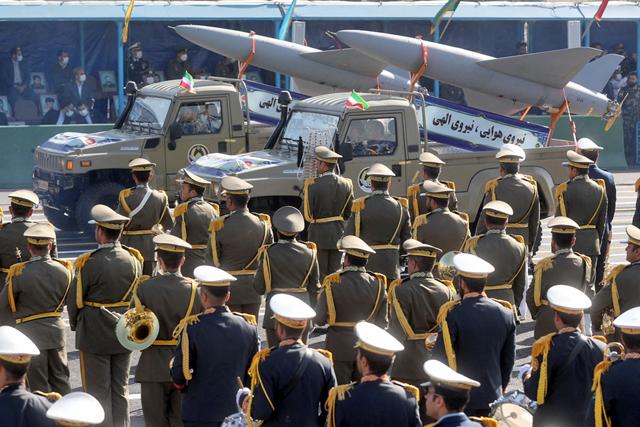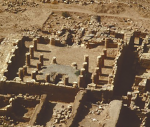You are here
Can Trump rip up the Iran deal? Easier said than done
By AFP - Nov 13,2016 - Last updated at Nov 13,2016
WASHINGTON — As a candidate, Donald Trump promised to tear up the Iran nuclear deal, the signature diplomatic breakthrough of Barack Obama's second term.
As president-elect, Trump has been more circumspect, and the United States would face serious international fallout if he made good on his threat.
Signed in Vienna in July 2015 and in force since January, the agreement was made possible by 18 months of back-channel talks between Washington and arch-foe Tehran in 2012 and 2013.
But it was also, after the negotiations became public, a two-year joint effort for the so-called P5+1 — Britain, France, Germany, Russia, the United States and the European Union.
And, once these powers and Iran signed it, the United Nations Security Council endorsed it as international law.
It was not uncontroversial. US allies Saudi Arabia and Israel in particular feared it would only delay Iran's alleged quest for a bomb while emboldening it in other domains.
But neither these naysayers nor the International Atomic Energy Agency, the UN nuclear watchdog, has caught Tehran's Islamist regime undermining it, and it has become a key plank of world counterproliferation efforts.
In Washington, however, the deal is still a political football and Obama's Republican opponents — now led by President-elect Trump — have been scathing.
'Worst deal ever'
Trump has called the agreement under which the Iran deal was implemented, the Joint Comprehensive Plan of Action or JCPOA, the “worst deal ever negotiated”.
And he has vowed to review provisions to return to Tehran tens of billions of dollars in funds frozen in Western banks in return for restrictions on its nuclear programme.
The JCPOA is not a treaty ratified by Congress as US law and — as American officials confirmed this week after Trump's election — there is no legal reason he could not abrogate it.
But it would offend the other allies with whom the deal was concluded and who trusted the United States to uphold it, and it would almost certainly trigger a Middle East arms race.
One of Trump's foreign policy advisers, Walid Phares, told the BBC that "ripping up is maybe a too strong of word" but that the deal would be renegotiated by the incoming administration.
Whether this would amount to anything concrete remains to be seen.
Supporters of the accord — those who hoped it would lead to a broader "re-balancing" of US ties in the region in Tehran's favour and Riyadh's cost — are adamant.
“The United States cannot unilaterally void or amend the agreement without violating international law,” argued Trita Parsi, president of the National Iranian American Council.
“Any effort to directly kill the deal — or even renegotiate it — will isolate the United States, and not Iran,” he wrote in an op-ed for the Foreign Policy website.
Even less partisan voices agree.
George Perkovich of the Carnegie Endowment for International Peace said Washington’s closest allies would see a unilateral bid by Washington to renegotiate as a “rogue action”.
“They would consider the United States to be in violation of the deal and would not feel bound to reimpose or tighten sanctions on Iran, as the United States might wish,” he wrote.
Where blame would fall
“Meanwhile, Iran could exploit such a US move and threaten to, or actually stop, observing nuclear restraints,” he added.
“The rest of the world would blame the resultant global crisis directly on the new US president. This would not be a good bargaining position for the United States.”
The European Union’s head of international affairs, Federica Mogherini, has already sought to remind Trump that the Iran deal is a “multilateral accord,” not a US bargaining chip.
But the US electorate has chosen a leader with no foreign policy experience. What he decides to do will only become clear after his inauguration, in January.
Related Articles
WASHINGTON — In an unexpected reversal, President Barack Obama declined to sign a renewal of sanctions against Iran but let it become law an
WASHINGTON — The Trump administration said on Tuesday it was launching an inter-agency review of whether the lifting of sanctions against Ir
TEHRAN — Iran said Wednesday that "technical issues" in the now-paused negotiations to restore its 2015 nuclear agreement with world powers

















